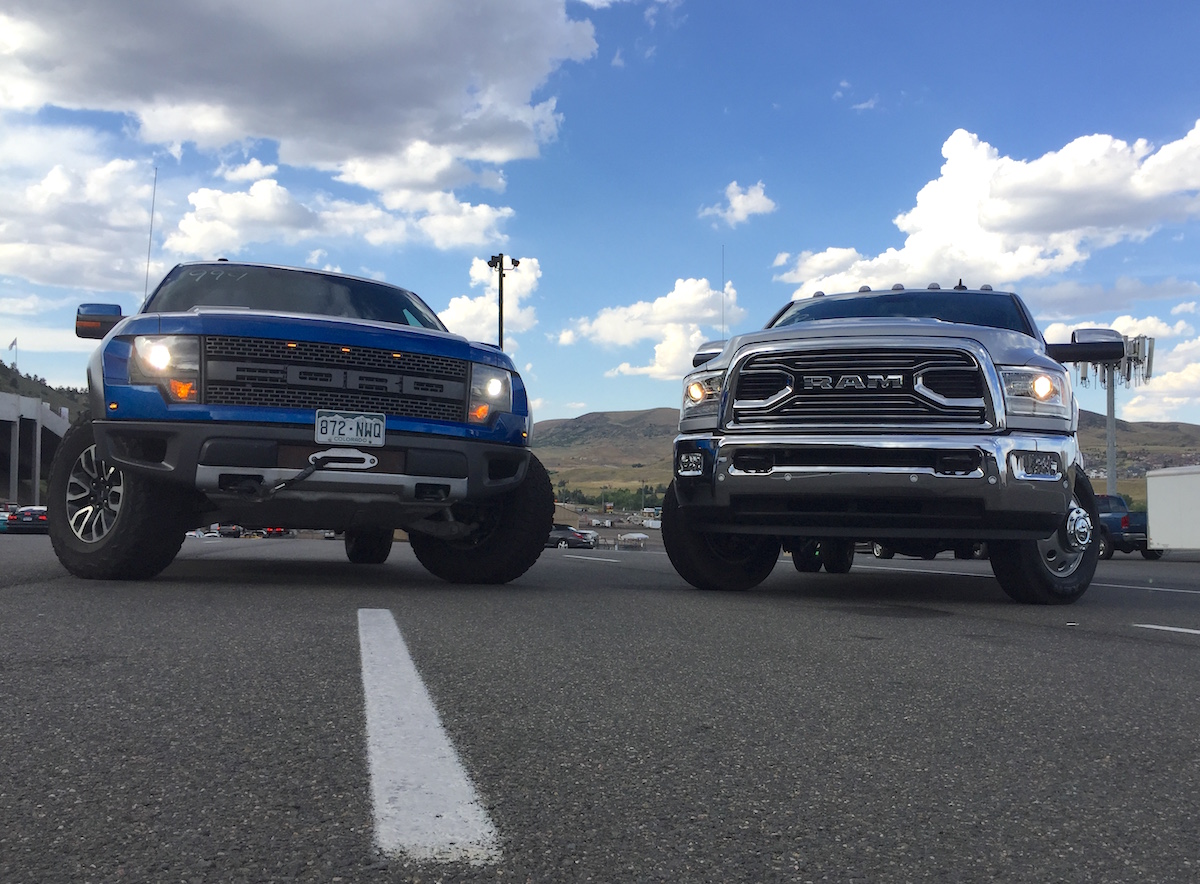- Adding to its Gigafactory footprint in Nevada, Tesla announced a new $3.6 billion round of investment for a second Gigafactory facility in the state.
- The new Gigafactory, comprising two factories, will build the Tesla Semi as well as the company’s new 4680 battery pack.
- Nevada Governor Joe Lombardo noted the investment deal with Tesla during his first State of the State address Monday.
Tesla is once more expanding its manufacturing capacity — this time for the new Semi.
The electric automaker is well-known for its Fremont, California manufacturing plant as well as its new so-called ‘Gigafactory’ in Austin, which already produce hundreds of thousands of vehicles each year in the U.S. Now, adding to that capacity (as well as the existing Nevada factory), Tesla confirmed this week that it will invest a further $3.6 billion into Nevada to build two new factories.

Since 2014, the company says it has invested $6.2 billion in the state, building a 5.4-million square foot factory that produces 37 gigawatt-hours worth of battery packs for Tesla vehicles annually, a task that involved hiring more than 11,000 team members.
This new investment, as shared on Twitter as well as the company’s blog, will add 4 million more square feet to its Nevada manufacturing footprint. Two new facilities will come online: one to ramp up production of the Semi; and the other a 100 GWh 4680 cell factory. Through the new plant, Tesla claims the extra capacity to produce batteries for 1.5 million vehicles per year. The new addition to the Gigafactory will add 3,000 jobs to the area.
For the moment, it’s unclear exactly what “high-volume” means in terms of actual capacity, and Tesla presently has no media relations team to get a concrete answer. Adding on manufacturing capacity will take some time, at any rate, so it will likely be awhile before we see a relatively high level of production compared to Tesla’s passenger cars.
In the meantime, the automaker may also need to sort out some teething issues with the Semi. One of the first production trucks delivered to Frito Lay reportedly suffered a breakdown, as we covered on TFLtruck.com a few days ago. Again, it’s not clear exactly what the problem was and whether that issue was specific to that truck.
We will keep an eye on Tesla’s Semi situation as time goes on, though, as well as its battery production ramp-up as it translates to the company’s quarterly production figures. The company provides that information through its investor relations portal in April, after Q1 concludes.
While it’s not Tesla related, Andre did cover another major electric truck announcement this month with the Ram Revolution pickup concept:

















![Which is More Reliable: 3.5L EcoBoost or 5.0L V8? [Reader Question] Second-generation 3.5-liter EcoBoost engine](https://tfltruck.com/wp-content/uploads/2016/05/Second-generation-35-liter-EcoBoost-engine.jpg)
![Which Silverado Engine to Get: 5.3L or 6.2L V8? [Ask TFLTruck] 2016 chevy silverado](https://tfltruck.com/wp-content/uploads/2015/10/2016-chevy-silverado-grille.jpg)
